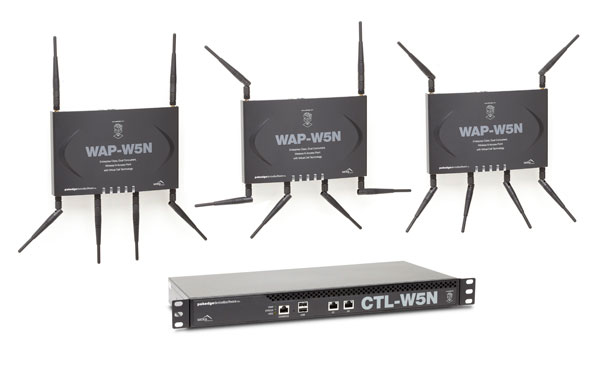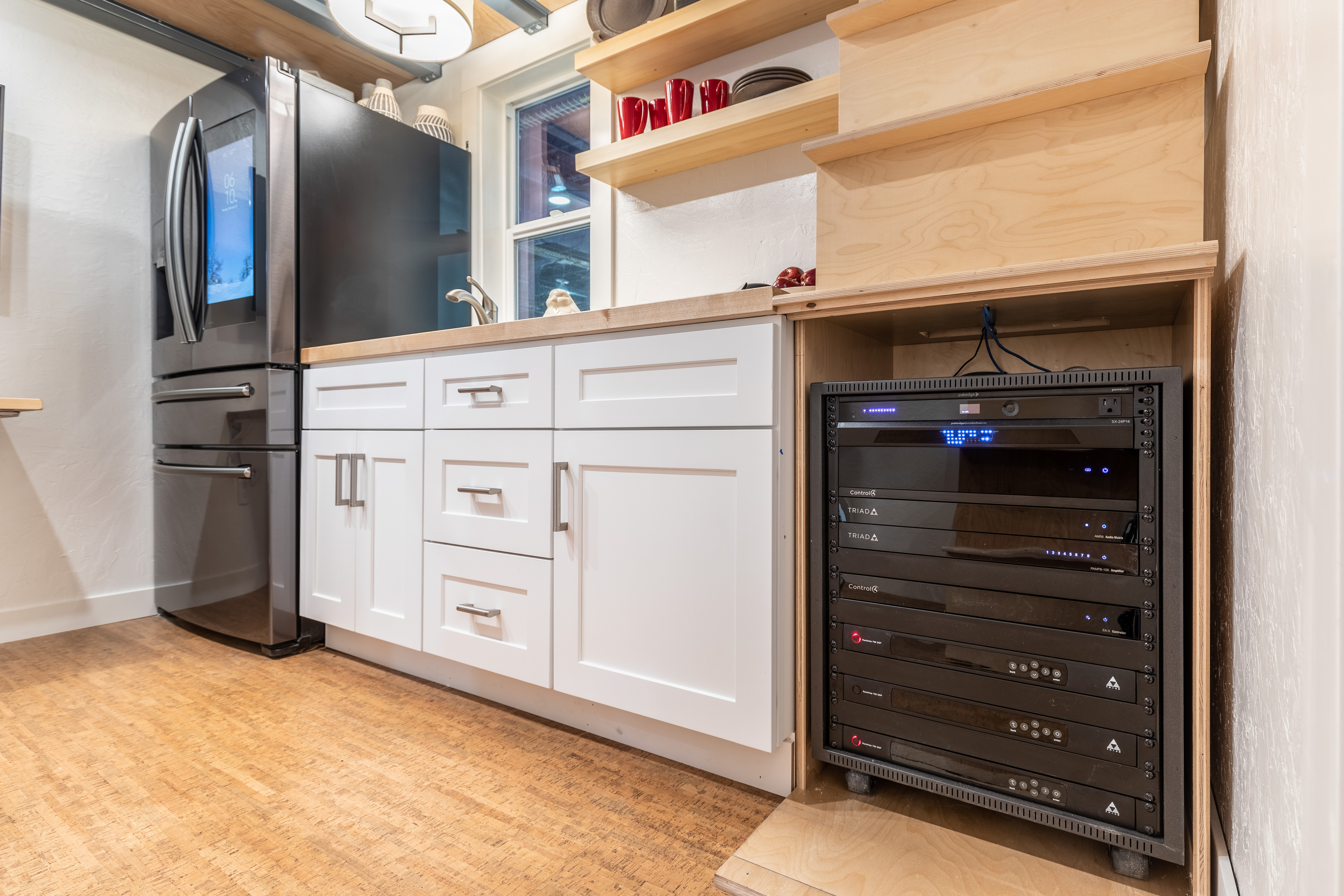Virtual Cell Wireless Access Point and Controller
14/Jan/2011 05:31 Filed in:
New Products
Pakedge introduces TRUE wireless roaming with the WAP-VKIT. This product utilizes Virtual Cell Wifi technology to provide seamless roaming for laptops, touch panels, wifi phones, etc.
With the arrival of new multimedia devices such as the iPad, even minor glitches during roaming from one Wireless Access Point to another Wireless Access Point can create major annoyances. New solutions in wireless LAN or WiFi technology are urgently needed – and, fortunately, they're available now- Introducing Pakedge's WAP-W5N Wireless Access Point and CTL-W5N Virtualization Management Controller.
Pakedge's Virtual Cell Wireless Access Point and Controller is the only reliable, seamless way to roam in Wi-Fi today. How does Virtual Cell Technology work? The wireless controller virtualizes the entire wireless environment for the clients (ie. laptops, ipads, touch panels, etc.), so a wireless client sees only one WAP, even though there are many WAP's installed. In the virtual cell environment, each client remains connected to a single virtual WAP as the client moves about the network. From the client's point of view, it's as if the WAP is moving along with the client in order to stay in range – wherever the client goes, the WAP follows. Because the client sees a single WAP and it moves with it, it never needs to initiate a handoff as in other Wi-Fi Systems.
In addition, because a single Virtual WAP is created for each client on the network, each client has its own dedicated WAP to which it remains connected no matter where it travels on the network. This dedicated virtual WAP is personalized to the client around speed and bandwidth depending on the application it needs to run. Like a wired Ethernet port, this virtual port eliminates latency, jitter, and contention for bandwidth, since there is always only one client on each “wireless” port. This is an excellent way to ensure “fair airtime” for all clients. It prevents slower clients from dominating the network by taking more than their fair share of airtime, eating the resources of their faster neighbours.
Tags: Wireless Technology, Networking, Pakedge




